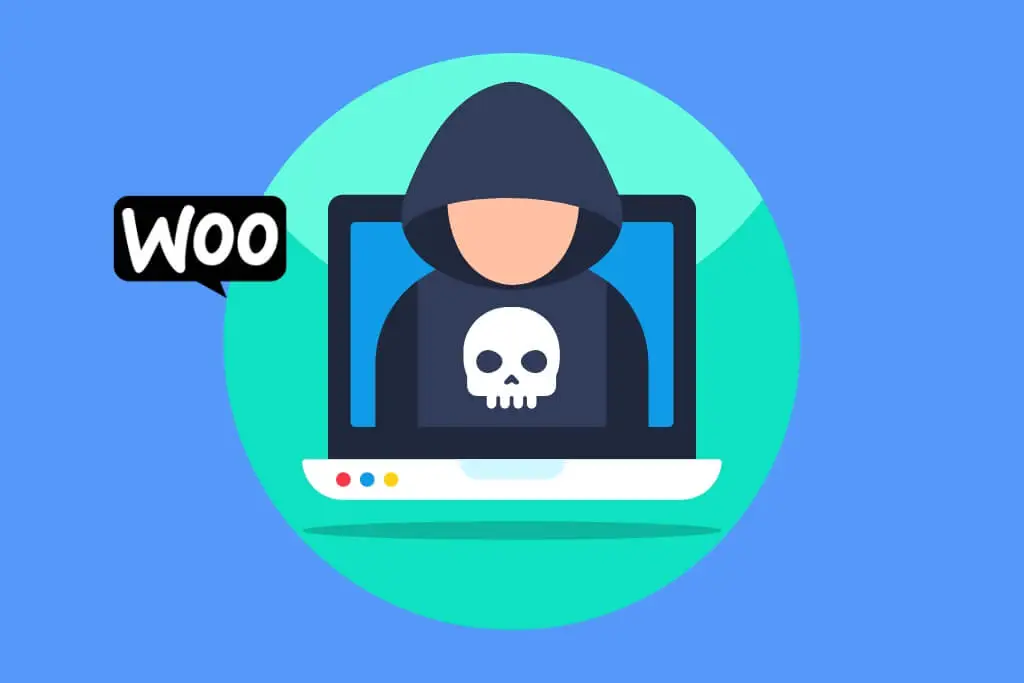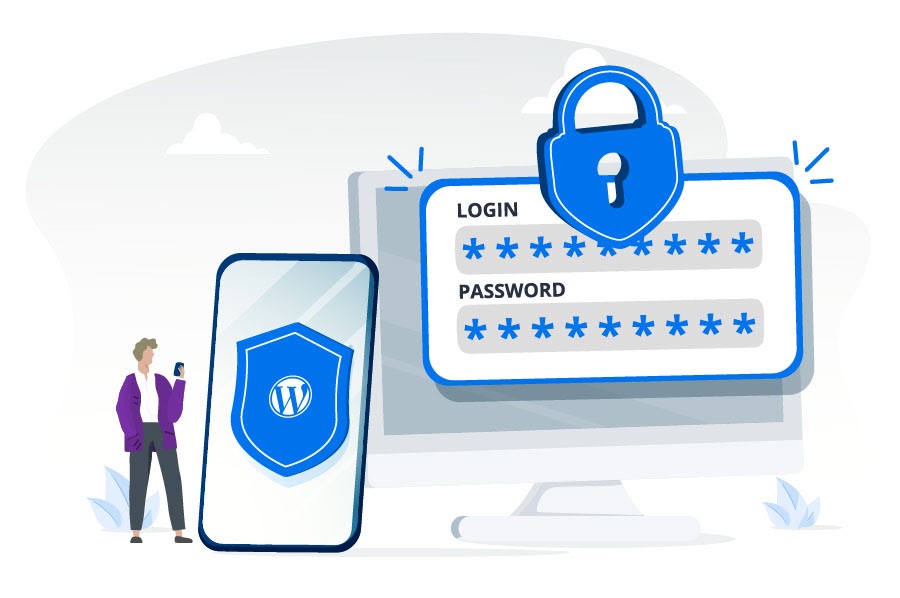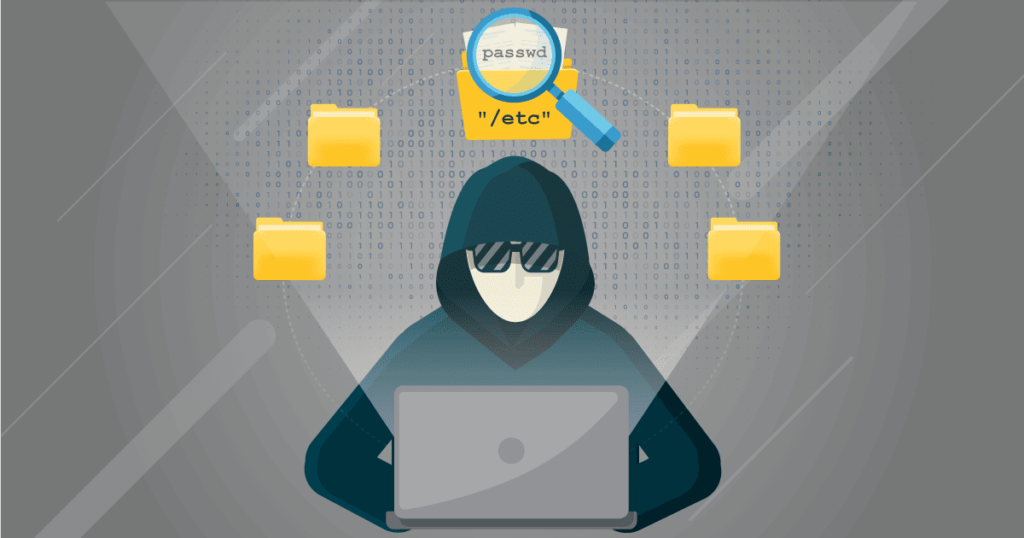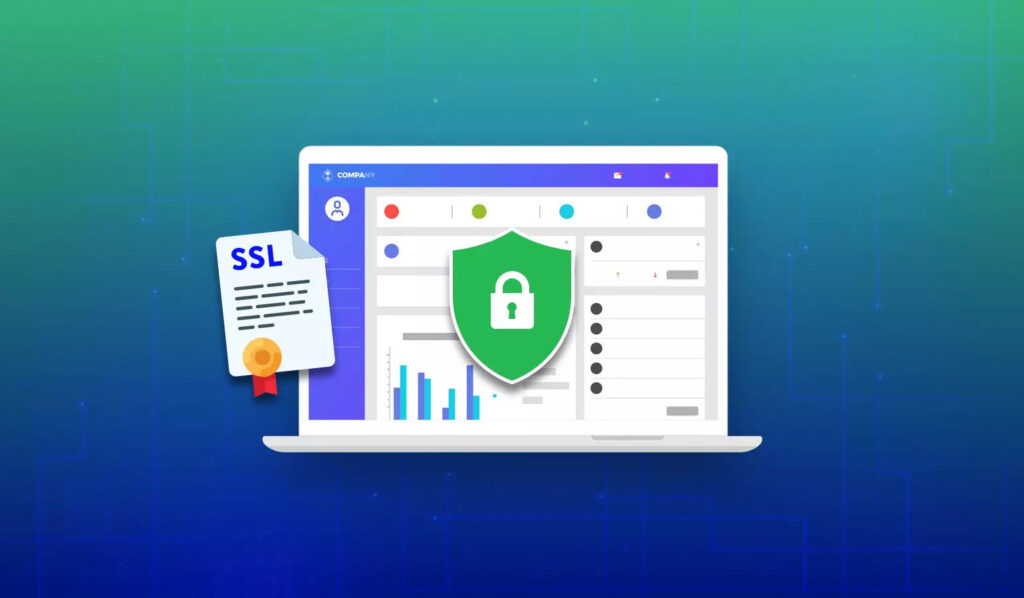Carding Tool Abusing WooCommerce API: What You Need to Know and How to Protect Your Website

In the ever-evolving landscape of cybersecurity, new threats constantly emerge, challenging the security of online platforms. Recently, a concerning report from BleepingComputer highlighted a carding tool that abuses the WooCommerce API, posing a significant risk to online stores. This article aims to break down this threat in simple terms, explaining its implications and providing actionable […]
MU-Plugins Abused By WordPress Hackers to Hide Malicious Code

Introduction Recent reports have uncovered a new tactic employed by hackers targeting WordPress websites. By exploiting the ‘Must-Use’ (mu-plugins) feature, attackers can discreetly inject malicious code, compromising site integrity and user trust. Understanding this threat and implementing robust security measures is crucial for all WordPress site owners. Table of Contents Understanding MU-Plugins Must-Use Plugins, commonly […]
Dollyway Malware Breach: How to Safeguard Your WordPress Site

In recent weeks, a significant cyber threat known as the Dollyway malware campaign has been causing widespread disruption across the internet. The campaign has affected over 20,000 WordPress websites, breaching their security and exposing sensitive data. Table of Contents Overview of the Dollyway Malware Campaign The Dollyway malware campaign has been one of the largest […]
Is it important to change and hide the WordPress wp-login address?

WordPress is the most used Content Management System (CMS) in the world with millions of users globally. Despite its widespread usage, the default login URL opens your website up for vulnerabilities to brute-force attacks and hacking attempts. Altering the WordPress login URL becomes imperative for strengthening website security. This article delves into the reasons behind […]
WordPress updates. Strengthening website security and improving performance.

Plugins, Themes, Core WordPress updates, why do we need them? Patching vulnerabilities, improving performance and a lot of other interesting reasons are involved in the patching process. Let’s take a closer look to learn why do we need updates and how do we run them easily. Why are updates for WordPress, plugins, and themes released? […]
What is a Web Application Firewall (WAF)? lets install Wordfence

A Web Application Firewall (WAF) serves as a critical defense mechanism for web applications, tasked with filtering and monitoring HTTP and HTTPS traffic between the application and the Internet. Its primary objective is to shield web applications from various cyber threats, including cross-site forgery, cross-site scripting (XSS), file inclusion, and SQL injection. A WAF is […]
What is Cross-Site Scripting and how can you protect your website?

Cross-site scripting (XSS) represents a vulnerability exploited by attackers to inject code into a susceptible website. The vulnerability arises from how the website processes user input, typically in areas like contact forms, search fields, and other input forms. In instances of XSS vulnerability, a malicious user embeds executable code, such as harmful JavaScript, into the […]
What is an SQL injection and how can we prevent this attack on WordPress?

SQL Injection (SQLi) is a form of injection attack designed to execute malicious SQL statements, exerting control over a database server associated with a web application. By exploiting SQL Injection vulnerabilities, attackers can circumvent security measures implemented in applications, bypassing authentication and authorization protocols to access the entire SQL database. This technique empowers them to […]
What is the Path Transversal vulnerability and how do we protect against it?

One of the simplest and most dangerous vulnerabilities is Path Transversal. In this article, we will dive deep into this vulnerability while trying to make this difficult to grasp content as simple as possible. What is Path Traversal? Path traversal, also known as a dot-dot-slash attack, is a malicious attack aimed at deceiving a web […]
What is an SSL Certificate and how do I get one for FREE?

In today’s digital landscape, protecting your website’s data is a priority, and SSL (Secure Sockets Layer) plays a crucial role in ensuring secure online communication. In this blog post we will try to simplify the concept of SSL, how to request a free certificate with Let’s Encrypt, and how to easily install it with certbot. […]
